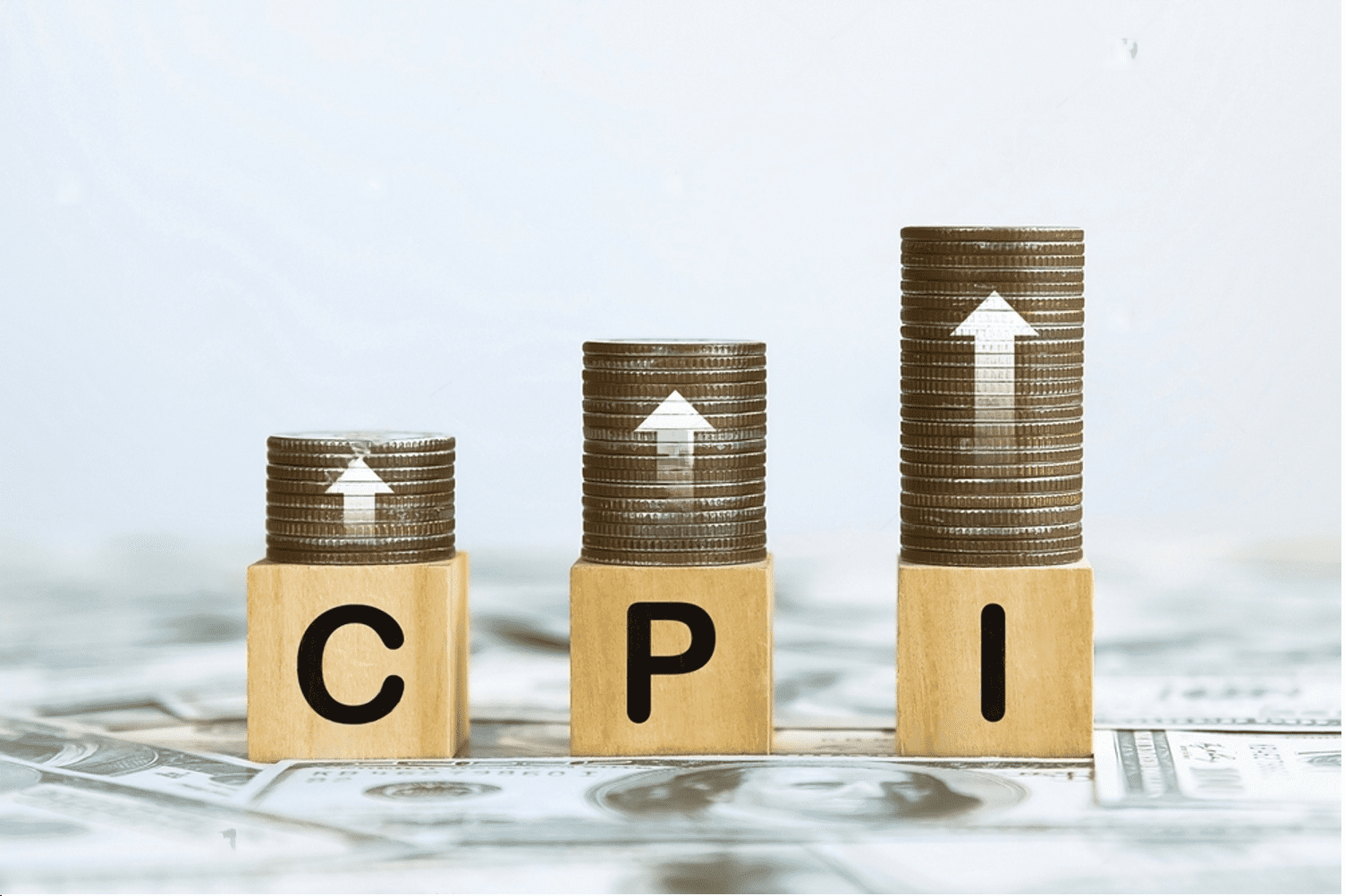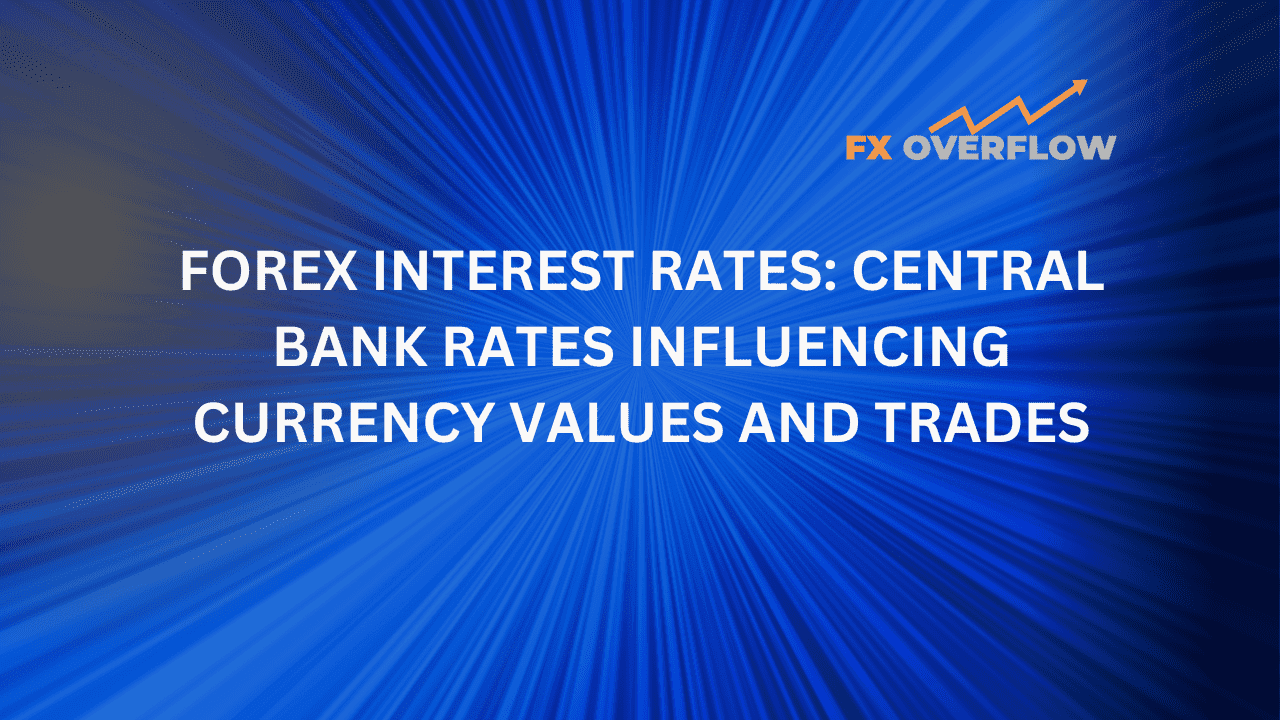Forex Interest Rates: Central Bank Rates Influencing Currency Values and Trades
In the dynamic world of forex trading, understanding the influence of central bank interest rates on currency values is of paramount importance for traders and investors. Central banks play a pivotal role in setting interest rates, and these rates have far-reaching effects on a country's economy and its currency's performance in the forex market. This article dives deep into the intricacies of how forex interest rates, particularly those controlled by central banks, significantly impact currency values and forex trades. With valuable insights based on first-hand knowledge and credible sources, we aim to equip readers with essential knowledge and expertise to navigate the forex market with confidence.
Table content
1. Forex Interest Rates: An Overview
2. The Significance of Central Banks in Forex Trading
3. Monetary Policy and Currency Value
4. Attracting Foreign Investment
5. Inflation and Exchange Rates
6. The Role of Interest Rate Differentials
7. Central Bank Meetings and Forex Market Volatility
8. The Impact of Economic Indicators on Interest Rates
9. Footnote
Forex Interest Rates: An Overview
Before delving into the interplay between central bank rates and currency values, let's first understand what forex interest rates are. In the forex market, interest rates refer to the cost of borrowing or the return on investment when holding a particular currency. The rates are set by central banks, and they directly affect borrowing costs, capital flows, and investment decisions, which, in turn, influence the value of a country's currency.
The Significance of Central Banks in Forex Trading
Central banks are key players in a nation's financial landscape, responsible for regulating monetary policy and maintaining economic stability. These institutions have a powerful impact on the forex market as they use interest rates to control inflation, employment levels, and overall economic growth. Here are some ways central banks influence currency values and trades:
· Monetary Policy and Currency Value
Central banks use monetary policy tools, including interest rate adjustments, to manage the money supply in the economy. When a central bank raises interest rates, it aims to reduce borrowing and spending, leading to a decrease in the money supply. As a result, the demand for the country's currency increases, driving up its value in the forex market.
On the other hand, when a central bank lowers interest rates, borrowing becomes cheaper, encouraging consumer spending and investment. The increased money supply can lead to a decrease in the currency's value in the forex market.
· Attracting Foreign Investment
Higher interest rates in a country make its bonds and assets more attractive to foreign investors seeking better returns on their investments. As a result, foreign investors will need to purchase the country's currency to invest in its assets, increasing the demand for the currency and causing its value to appreciate in the forex market.
· Inflation and Exchange Rates
Central banks often adjust interest rates in response to inflation levels. High inflation can erode the purchasing power of a country's currency, leading to a decline in its value relative to other currencies. To combat inflation, central banks may raise interest rates, making the currency more attractive and thereby bolstering its value in the forex market.
Conversely, when a country experiences low inflation or deflation, central banks may lower interest rates to stimulate spending and borrowing, potentially leading to a depreciation of the currency's value.
· The Role of Interest Rate Differentials
Interest rate differentials refer to the variance in interest rates between two countries' currencies. These differentials play a crucial role in forex trading and impact currency values. Traders often take advantage of interest rate differentials to engage in carry trades, where they borrow funds in a currency with a low-interest rate and invest in a currency with a higher interest rate.
Carry trades can significantly influence currency values as they create demand for the currency with the higher interest rate. As more traders engage in carry trades, the value of the higher-yielding currency can appreciate, while the lower-yielding currency may depreciate.
· Central Bank Meetings and Forex Market Volatility
Central bank meetings are highly anticipated events in the forex market as they provide insights into potential changes in interest rates and monetary policy. Forex traders closely monitor central bank statements and press releases for hints about future interest rate decisions.
The anticipation and uncertainty surrounding central bank meetings can lead to increased market volatility, with significant fluctuations in currency values. Traders often adjust their positions based on the outcomes of these meetings, making central bank communications a critical factor in forex trading decisions.
The Impact of Economic Indicators on Interest Rates
Central banks base their interest rate decisions on a wide range of economic indicators that gauge a country's economic health. Some of the key indicators include:
· Gross Domestic Product (GDP)
GDP measures the total economic output of a country. A strong GDP growth rate may lead to expectations of higher inflation, prompting central banks to consider raising interest rates to control inflationary pressures.
· Consumer Price Index (CPI)
CPI tracks changes in the prices of a basket of consumer goods and services. High CPI figures suggest rising inflation, which can prompt central banks to adopt a hawkish stance and raise interest rates.

· Unemployment Rate
A low unemployment rate is often indicative of a robust economy. Central banks may respond to a low unemployment rate by raising interest rates to prevent an overheating economy and potential inflationary pressures.
· Trade Balance
The trade balance reflects a country's exports and imports. A trade deficit can put downward pressure on a country's currency, leading central banks to adjust interest rates to stabilize the currency's value.
Footnote
In Summary, forex interest rates, particularly those controlled by central banks, are critical drivers of currency values and forex trades. Central banks' monetary policy decisions and interest rate adjustments can have profound effects on a country's economy and its currency's performance in the forex market. As a forex trader or investor, understanding the interplay between interest rates, economic indicators, and currency values is essential for making informed decisions and navigating the dynamic world of forex trading.











Discussion